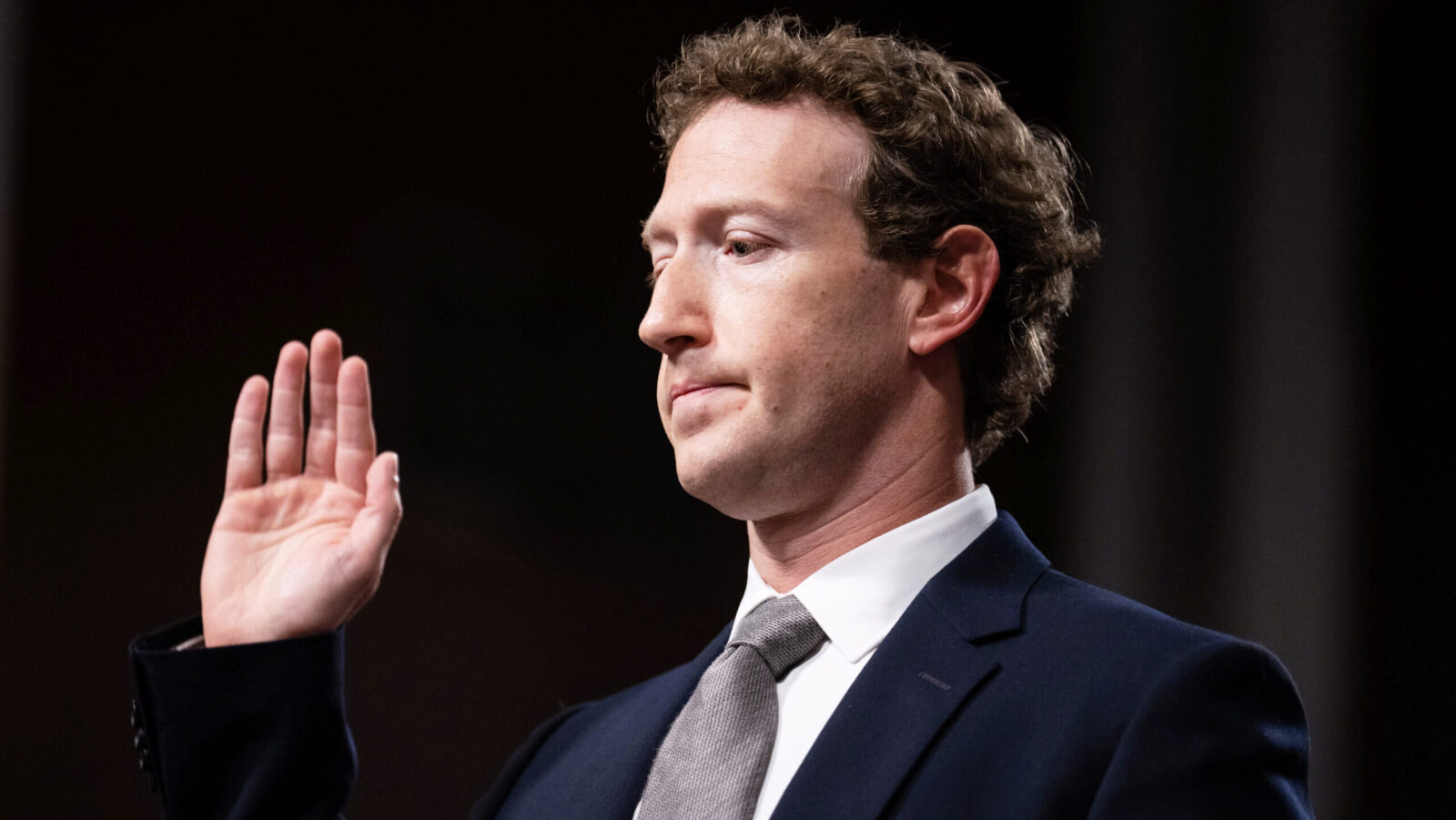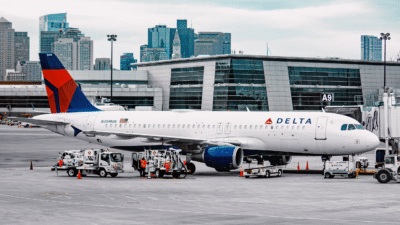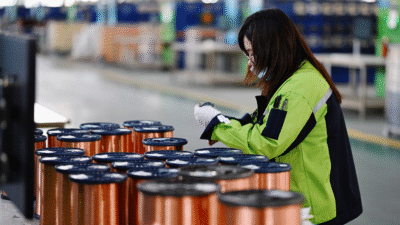
Sign up for smart news, insights, and analysis on the biggest financial stories of the day.
The pandemic landed a heavy economic uppercut in 2020, with some businesses in hospitality and travel still on the ropes. But not Amazon, which flexed its might untouched.
The e-commerce behemoth added 500,000 workers, more than 400,000 of them in the U.S. On its own, the company pushed hiring among S&P 500 firms to a net positive of 370,000, according to a new Wall Street Journal survey.
There’s Everyone Else and There’s Amazon
Of the 286 S&P 500 companies that filed annual reports between July and March 31, only 136 of them hired up. In total, Amazon hired the same number as the other 136 combined.
As Amazon reaped the benefits of demand for its multitude of products at home, those that did grow followed their own modest paths:
- M&A was one route. Pepsi added 24,000 jobs, a 9% increase from 2019, mostly from acquisitions like SodaStream. Costco added 1,300 jobs by acquiring logistics company Innovel.
- Market fever was another. Facebook added 14,000 jobs as tech stocks boomed, and Biogen added 1,700 employees with health on everyone’s radar.
- Pre-pandemic trends helped, too. Tesla added 22,700 workers during the year, more than enough to offset losses at Motor City rivals Ford Motor and General Motors, as electric vehicles continued acceleration.
Thankfully, the U.S. labor market appears past the worst of the pandemic shock, and employers added 916,000 jobs last month, the most since August. The unemployment rate is now 6%.
How Good Are Those Jobs? Amazon’s hiring spree hasn’t been entirely smooth sailing. The company has been criticized as allegations of subpar workplace conditions emerged in recent weeks, including that delivery drivers were worked non-stop to the point where they had to urinate in bottles. Over the weekend, Amazon apologized for initially denying some reports: “This was an own-goal, we’re unhappy about it.”
the takeaway
Carnival and United Airlines called. They want to know when they can have their workforces back.











